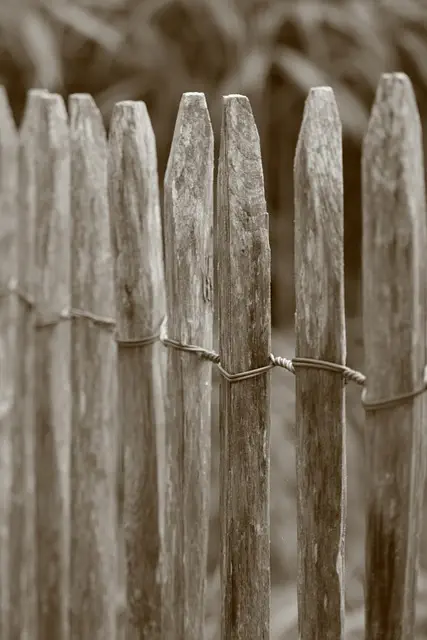Kratom, a natural supplement from the Mitragyna speciosa tree, is known for its stimulating effects and can enhance energy levels naturally. Its potency is primarily due to alkaloids like mitragynine and 7-hydroxymitragynine, which interact with dopamine and serotonin receptors in the brain. Proper storage—keeping it dry, cool, and away from light—is critical for preserving kratom's efficacy; under these conditions, high-quality kratom can retain its potency for over two years. However, improper storage can cause it to degrade and lose its effects more quickly, which is why understanding how does kratom go bad and the factors that affect its shelf life is essential. Factors like light exposure, humidity, and warm temperatures can significantly impact its freshness and effectiveness. To consistently experience kratom's benefits while safeguarding health, users should always refer to best-by dates, practice good storage habits, and purchase from reliable vendors who follow proper harvesting, drying, and packaging methods to maintain the integrity of the active alkaloids.
Explore the potential of kratom as a natural energy enhancer, a subject that has garnered attention for its purported stimulating effects. This article delves into the nuances of kratom’s role in boosting vitality and examines the shelf life of this botanical substance, addressing common queries such as “Does kratom go bad?” Additionally, learn how to select and store kratom optimally to harness its energizing benefits effectively. Join us as we navigate through the complexities of utilizing kratom for an energy boost while maintaining its quality over time.
- Understanding Kratom's Role as a Natural Energy Booster
- The Shelf Life of Kratom: Does Kratom Go Bad?
- Maximizing the Benefits of Fresh Kratom for Energy: Storage and Selection Tips
Understanding Kratom's Role as a Natural Energy Booster

Kratom, a tropical evergreen tree native to Southeast Asia, has garnered attention in various circles for its potential energy-boosting properties. The plant belongs to the Rubiaceae family and contains over forty compounds known as alkaloids, with mitragynine and 7-hydroxymitragynine being the most prominent. These alkaloids are believed to interact with the brain’s receptors for dopamine and serotonin, which can lead to an increase in energy levels and a reduction in fatigue. For those curious about incorporating kratom into their routine as a natural energy booster, it’s important to understand its proper usage and storage to maximize its effects. A key consideration is whether kratom retains its efficacy over time—does kratom go bad? When stored correctly, in dry, cool conditions away from light, kratom can maintain its potency for an extended period. However, improper storage can lead to a degradation of the alkaloids, potentially diminishing its energy-boosting effects. To ensure that kratom does not go bad and remains effective as an energy enhancer, it’s crucial to adhere to best practices in handling and storing this natural supplement. This attention to detail can make a significant difference in the user’s experience and the perceived benefits of kratom as a natural energy booster. Users should also be aware that the effects of kratom can vary based on dosage, individual physiology, and specific strains, so it’s advisable to start with small quantities and observe personal responses before adjusting usage accordingly. Understanding these factors will help individuals make informed decisions about using kratom as a natural energy booster.
The Shelf Life of Kratom: Does Kratom Go Bad?

When incorporating natural energy boosters like kratom into one’s routine, understanding its shelf life is crucial for maintaining its efficacy and safety. Kratom, derived from the leaves of the Mitragyna speciosa tree, has gained popularity due to its purported stimulating effects. However, like all-natural products, kratom is subject to degradation over time. The shelf life of kratom can vary based on several factors, including storage conditions and the specific strain or formulation. Typically, when stored properly in a cool, dry, and dark place, high-quality kratom powder can last upwards of two years without significant loss of potency. Nevertheless, its freshness and efficacy begin to decline from the date of manufacture. It’s important to note that exposure to light, humidity, or warm temperatures can accelerate the degradation process, potentially reducing the shelf life significantly. Consumers should always check the packaging for best-by dates and adhere to proper storage practices to ensure they are using kratom that retains its intended benefits. Regularly purchasing small quantities and from reputable sources can also help guarantee a fresh product. Understanding the shelf life of kratom is essential for users seeking consistent effects and for maintaining their health and well-being when using this natural energy booster.
Maximizing the Benefits of Fresh Kratom for Energy: Storage and Selection Tips

When incorporating fresh kratom into your routine for an energy boost, proper storage and selection are key to maximizing its benefits. Kratom, a plant from Southeast Asia, is known for its stimulating effects; however, like many natural products, it can degrade over time if not stored correctly. To ensure the potency and freshness of your kratom, start by selecting high-quality kratom from a reputable vendor. The best kratom strains are those that have been properly harvested, dried, and packaged to preserve their active alkaloids, mitraphylline, and 7-hydroxymitragynine.
Upon purchasing your kratom, it’s crucial to store it in a cool, dry place, away from direct sunlight and humidity. Exposure to moisture can lead to mold growth and degrade the quality of the kratom leaves. Airtight containers are highly recommended to maintain freshness. Additionally, keep your kratom in a dark cabinet or another area that remains consistent in temperature. If stored correctly, your kratom should remain fresh for a significant amount of time, maintaining its energetic properties. It’s important to note that while kratom does not spoil in the traditional sense, its efficacy can diminish with poor storage conditions. Therefore, always prioritize proper storage practices to ensure you are getting the most out of your natural energy booster. Does kratom go bad if not stored properly? Yes, improper storage can lead to a loss of alkaloid content and potency, which in turn affects its effectiveness for energy enhancement.
In conclusion, kratom stands as a natural energy booster with potential benefits for those seeking a healthier alternative to synthetic stimulants. Its shelf life is a significant factor influencing its efficacy; understanding that kratom does go bad over time and learning how to properly store it can maximize its freshness and, consequently, its energizing effects. By adhering to the storage and selection tips outlined in this article, individuals can maintain the integrity of their kratom supply, ensuring a consistent energy boost as needed. It’s crucial to approach the use of kratom with caution and to stay informed on the latest research and guidelines for safe consumption.






